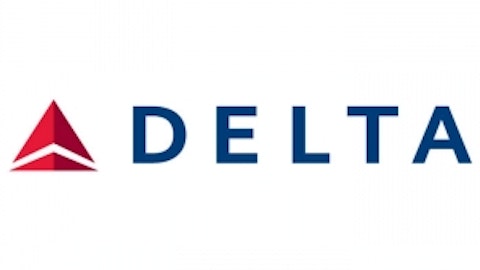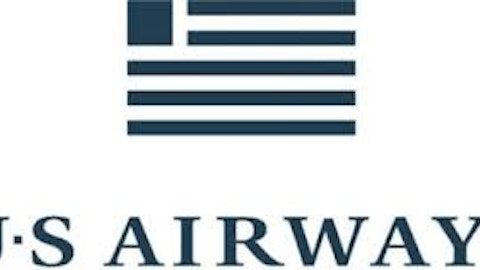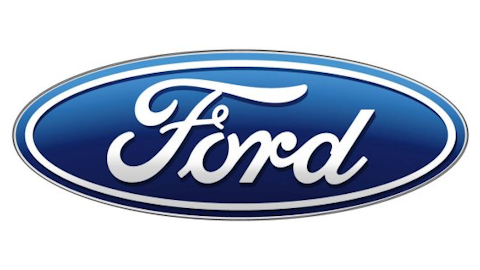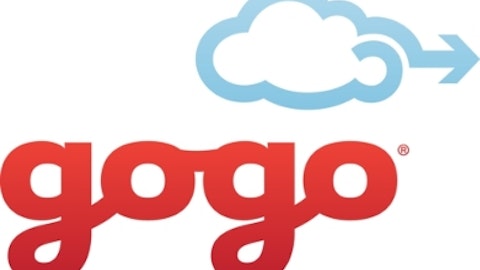As we know, the airline industry is one of the toughest to succeed in. For one, its environment is highly competitive, given its low entry barriers. Moreover, the incentives to reduce fares in order to fill seats and not lose revenue push price competition to extraordinary levels. Now, regulations imposed by the Department of Transportation and rising crude oil prices pose a new risk to the carriers’ profitability.
The U.S. carries over one-third of the world’s total traffic and most of the local airlines are private. From 2001 to 2011, five American airlines including American Airlines, United, and Delta have declared bankruptcy. In addition, the industry has had the second-worst period since 1980 in terms of passenger volume. On the positive side, during 2012, demand and revenue improved and this trend is still continuing this year.
But, how three of the major American airlines are performing in this context?
Awaiting integration
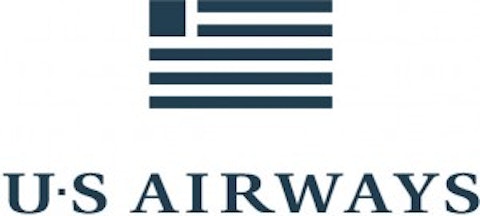
US Airways Group, Inc. (NYSE:LCC) itself has a history of two bankruptcies during the past decade. However, I believe this merger will enable the company to compete with the largest players. Nonetheless, labor issues may arise after combining the two. Integration processes are never easy.
The second-quarter financials show a net profit of $287 million, or $1.40 per diluted share, down from $306 million for the year ago quarter, mainly due to a non-cash provision for income tax of $67 million. Total revenue, however, reached a record level of $3.9 billion.
The carrier’s main strategy to increase revenue involved cutting down costs, mainly through slashing both domestic and international capacity. For this reason, $650 million in operating expenses were saved and costs per available seat mile dropped 10%. However, I don’t think the company has achieved a cost advantage level sufficient enough to support reduced ticket prices, which is the main strategy to increase sales.
Preparing for growth
Southwest Airlines Co. (NYSE:LUV) is based in Dallas, TX, and focuses on domestic flights, point-to-point and low fare services. A good sign about this carrier is that it is one of the most profitable low-cost airlines in the world.
The second quarter showed little change for Southwest Airlines Co. (NYSE:LUV) compared to the same period of 2012. For instance, net income was $224 million, or $0.31 per diluted share. Cash flow generation looks strong and profits were a record. Moreover, the company bought back $251 million worth in shares.
The company has been carrying out different measures to successfully increase revenue and reduce costs. Among these initiatives we find the All-New Rapid Rewards Program and supplementary products such as pet fees and EarlyBird check-in. Though initially expensive, it is right sizing its fleet to lower non-fuel costs as well.
In 2011, acquired Air Tran Holdings, which provides new opportunities to increase revenue and is expected to fully integrate by the end of 2014. Management is analyzing expansion to the Caribbean and Latin America, a very interesting market to explore.
On the negative side, the company is dependent on Boeing as its sole supplier for aircraft and engines. This dependency on technology is playing a key role in the functioning of Southwest Airlines Co. (NYSE:LUV), so any delay or failure in support and delivery could affect its operations.
More efforts to come
JetBlue Airways Corporation (NASDAQ:JBLU) is a young carrier that offers a variety of products and services. It started by following Southwest Airlines Co. (NYSE:LUV)’s low-cost travel approach but offering higher comfort.
